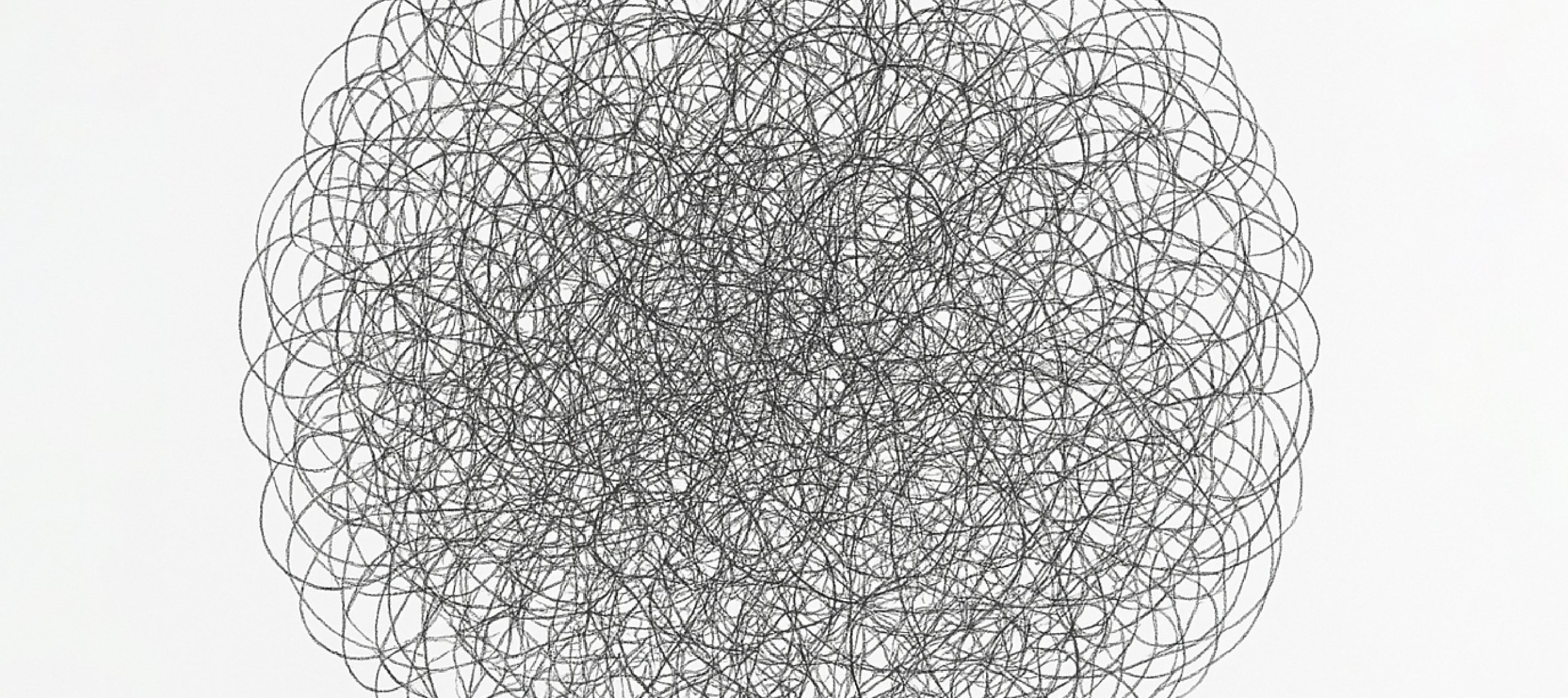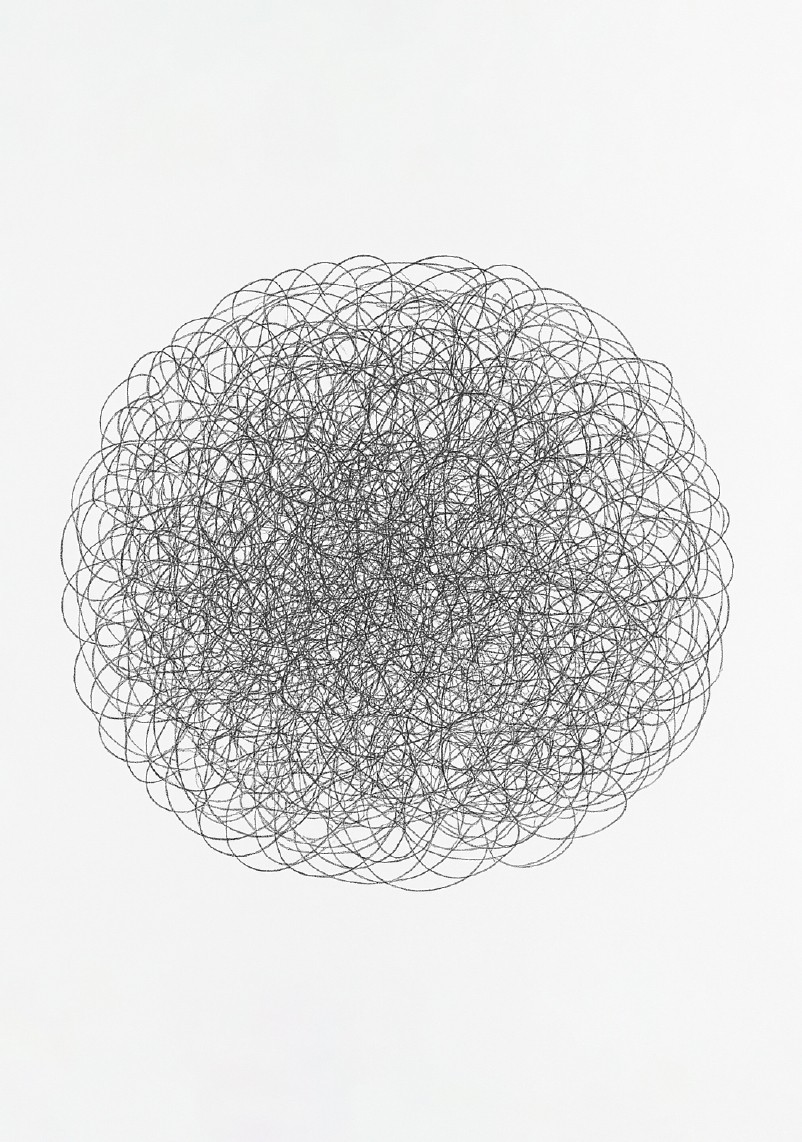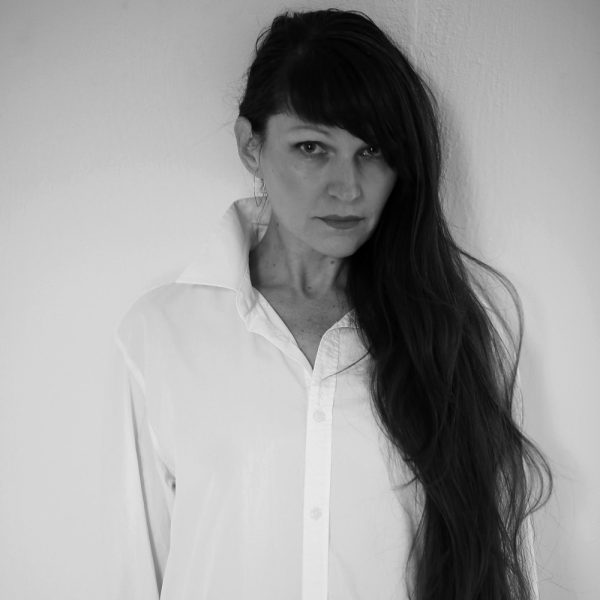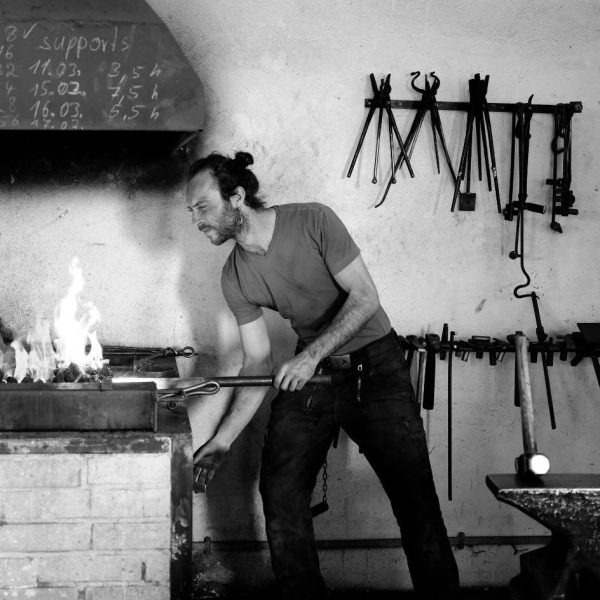Anetta Mona Chișa
Acces liber
2025


The Geology of Affordances is a dome-shaped sculpture that integrates organically into the urban landscape. The dome is traversable, functioning as an architectural passage that offers a sense of shelter or refuge, inviting pauses and social interactions. The shape of the dome, found in the architecture of all cultures and eras—from nomadic yurts to Renaissance cathedrals—evokes an archetypal structure of human shelter, an echo of universal architecture.
The traversable nature of the dome makes this sculpture not just an object of contemplation but a space to be experienced—a setting for spontaneous encounters and collective reflections on our relationship with the environment, technology, resources, and the hidden potential of materials considered waste. Thus, the sculpture can be interpreted as a fossilized technological landscape, where electrical and digital infrastructure becomes part of a new “human geology.”
The materiality of the sculpture—interwoven discarded cables—transforms waste from communication and energy infrastructure into structural and aesthetic components, raising questions about consumption cycles, wear and tear, and how we manage resources. The work also references the temporal stratification of these materials, where cables, once essential elements of connectivity, are transformed into a sediment of the digital age.
Artist

Anetta Mona Chişa
Anetta Mona Chişa is an artist whose practice spans installation, video, performance, and sculpture, deeply engaging with themes of materiality, and interdisciplinarity. Born in Romania and based in Prague, she approaches the world through a lens of attentiveness, seeking to experience reality as a continuous flow rather than a collection of discrete objects governed by physical laws. Her work explores power, identity, labor, materiality, body politics, and socio-political structures, often dismantling dominant narratives and hierarchical systems. Whether working individually or collaboratively, Chişa challenges entrenched perspectives, fostering critical discourse on the relationships between matter, agency, and perception. For her, art does not merely represent but enables a communion with the world, facilitating intuitive leaps, alternative visions, and a receptivity to the richness of life.
Her solo and collaborative exhibitions have been presented in numerous institutions, including Cukrarna Ljubljana, Kunsthalle Bratislava, Anca Poterasu Gallery in Bucharest, n.b.k. Berlin, GAK Bremen, Kunstraum NOe in Vienna, and the Romanian Pavilion at the 54th Venice Biennale. She has also participated in various group exhibitions at institutions such as MuMoK Vienna, Rudolfinum Gallery Prague, Sprengel Museum Hannover, Art in General New York, Lunds Konsthall, Bozar Brussels, KINDL Berlin, MoCA Miami, MIGROS Museum Zurich, The Power Plant Toronto, and Schirn Kunsthalle Frankfurt, as well as the Taipei and Moscow Biennials, among others.
Producție

Thomas Fink
Thomas Fink, the craftsman producing Anetta Mona Chișa’s installation is born in Southern Germany in 1990. After learning the craft of blacksmithing in Germany, he went travelling as a traditional journeyman for 5 years and finally settled in Sibiu. In the small village of Hosman, Sibiu, he established a small art and knives forge. The connection between heritage craft and contemporary art and design is his greatest passion.
IG: @transylvania_blacksmithing
Curator

Marlene Herberth
Marlene Herberth is a multidisciplinary artist, anthropologist, and memory archivist whose work weaves together textiles, performative food practices, and storytelling. Her artistic practice bridges ancient wisdom with contemporary culture, delving into the affective associations that shape our collective memory. Through her projects, Marlene explores how craft traditions can address modern societal challenges, offering alternative perspectives on sustainability, heritage, and identity.
In addition to her studio practice, Marlene curates cross-disciplinary exhibitions and cultural sustainability workshops. Her events create immersive environments where art, architecture, and craft intersect, inviting participants to engage with heritage knowledge in innovative ways. These experiences reflect her commitment to fostering deeper connections between people, materials, and traditions, all while imagining futures grounded in care and resilience.